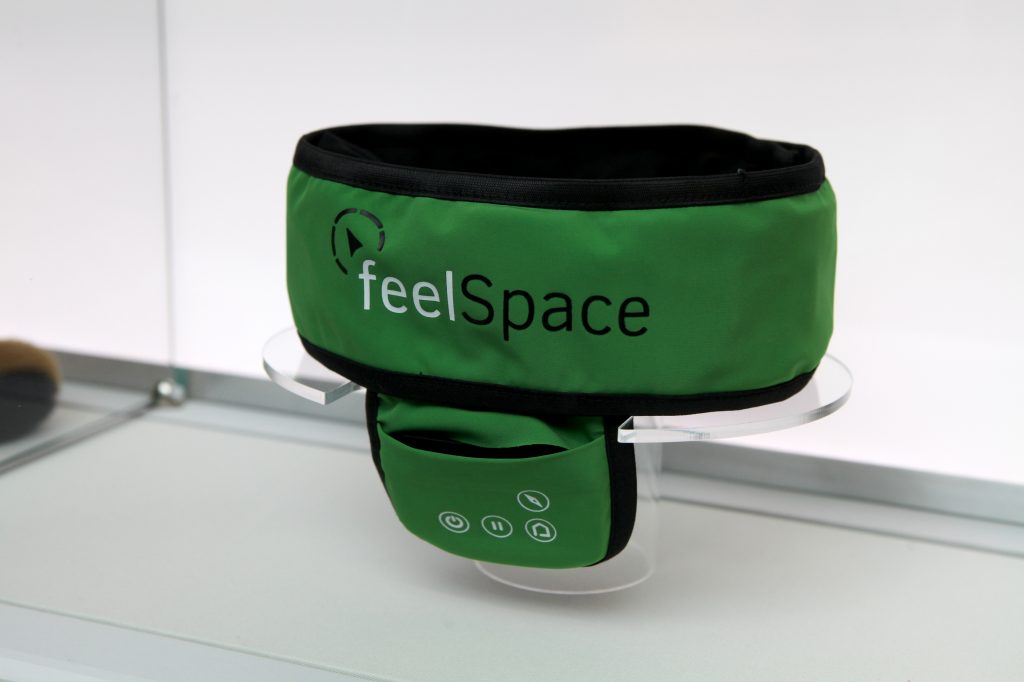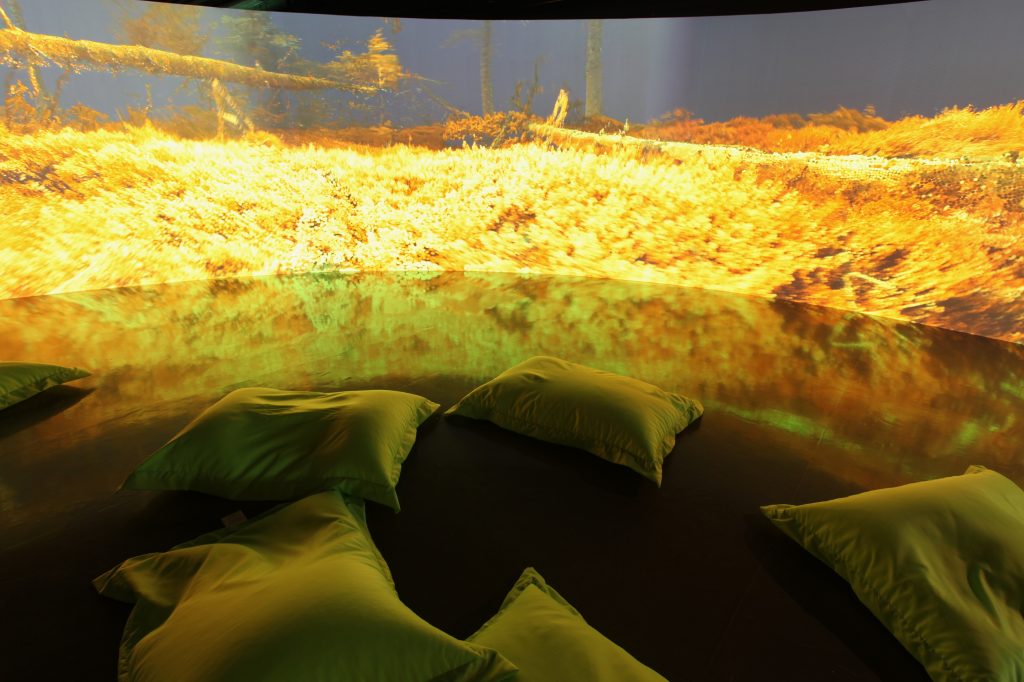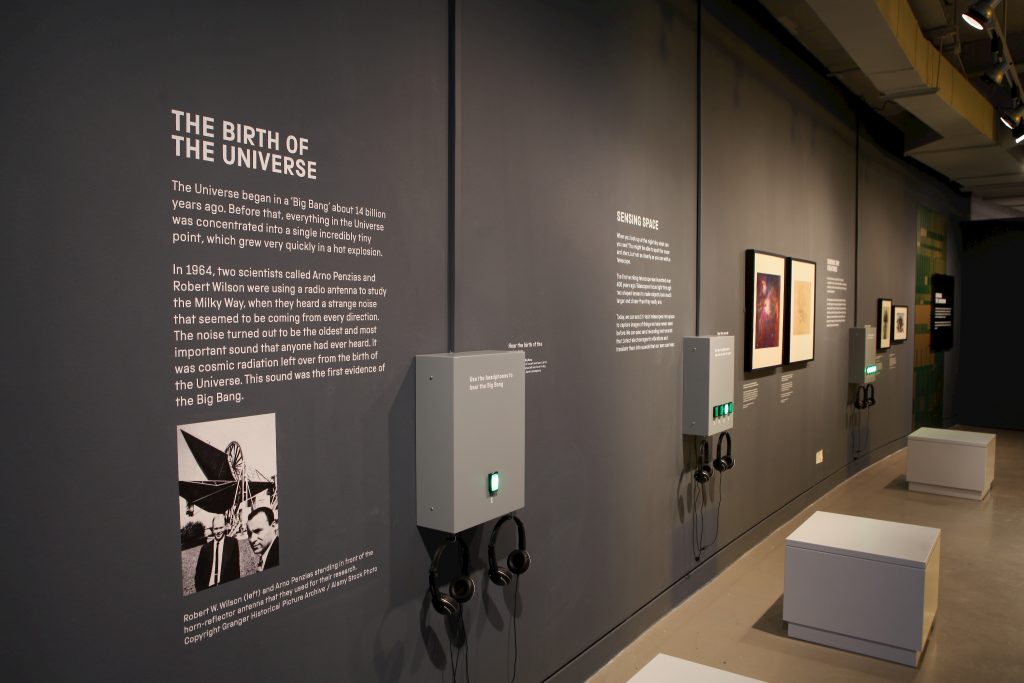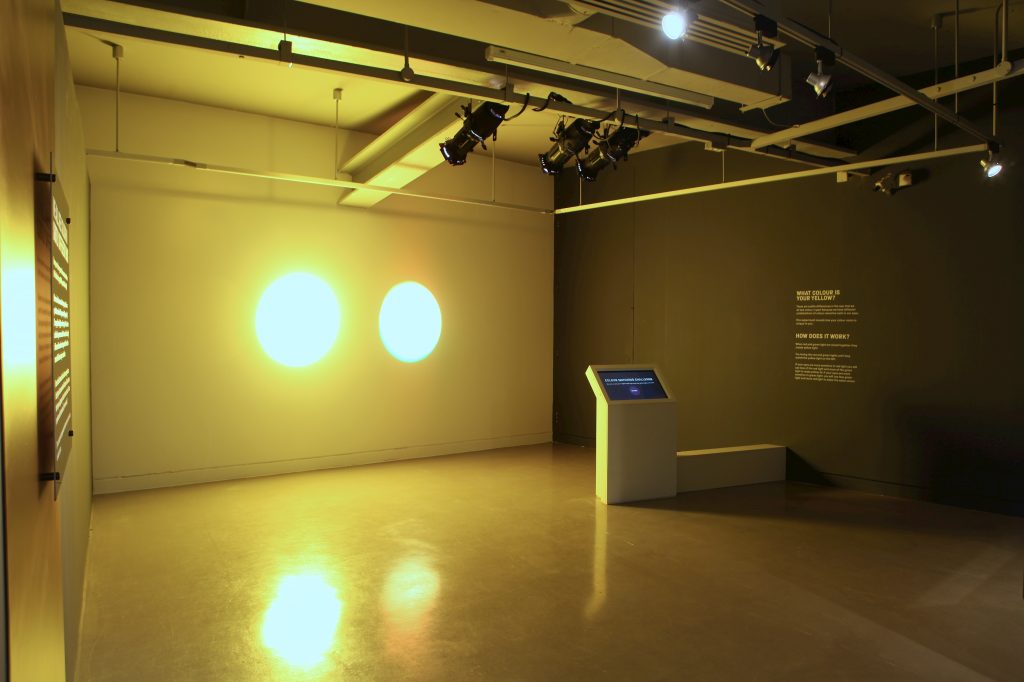WOW! I listened to things I would normally see, I looked at things I would normally hear, and I listened to the oldest sound in the universe. How could this all be possible?
When I first heard about the Supersenses exhibition, I wondered how anyone would make an exhibition out of things we could touch, taste, hear and smell with our eyes. It was fascinating for all ages on how other people see and hear the world differently. This incredible exhibit shows you early inventions that people made to improve their hearing and sense of direction before modern technology came along. This was all organised in just under a year!
There is a brilliant experience for people of all ages to explore how animals and other people go about their daily life using their super senses. It is a really fun way to learn about using touch, hearing and sight for different reasons. One of the first things you will see is a sandpit (or soundpit?!) with projected patterns that create sound. There is also a London Underground map that was created by a man called James Wannerton, who had a special type of synaesthesia that caused him to get a flavour every time he thought of a word!


You might be able to see some of the things people used to help their hearing, including the largest hearing aid in the world created for the king of Portugal hundreds of years ago! There is also a life changing belt that helps with direction, as it buzzes when you are facing north, and if you keep it on for a long time, it improves you sense of direction!


Filmed from an animal’s point of view, there is a video about the sounds and sights of a forest.

You will get a chance like no other when you will be able to dress up as a catfish (kids as well!) as you discover how they use their taste buds!

Pick up a headset to listen to the oldest sound in the universe. You can grab the opportunity to listen to sounds made by tiny animals that you wouldn’t normally hear.

There are a real pair of 160-year-old eyeballs in the museum (my favourite part!), donated by John Dalton (a famous scientist) when he died. You can have a go at matching a red light and a green light to make a yellow light. The colours get recorded to show how differently we see colours.


At the end of the exhibition, there is a sound experience that you must experiment with. It is full of sounds that you can hear every day, but this is a chance to hear them differently.

All photos by Jason Lock
